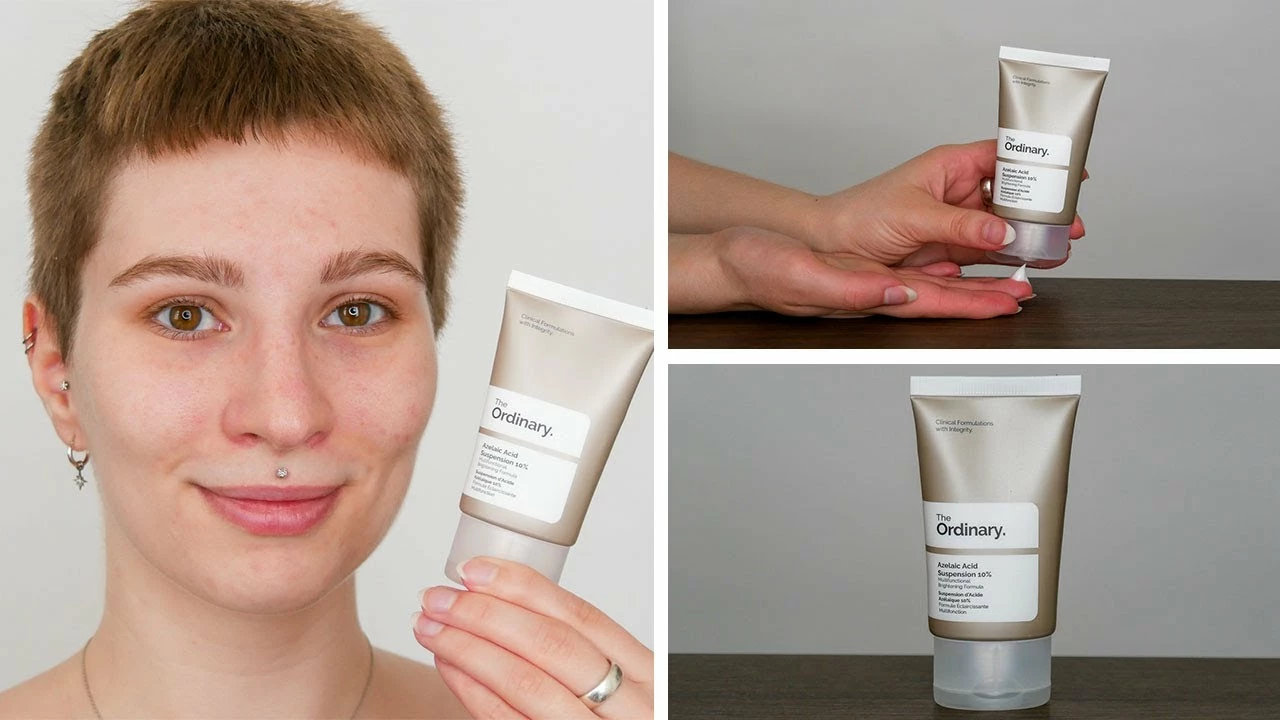Azelaic Acid: What It Does and Why People Like It
Azelaic acid fights acne, calms rosacea, and fades dark spots. It works as an anti-inflammatory, kills acne-causing bacteria, and slows pigment production. That mix makes it a go-to when you want results without the harsh dryness of stronger drugs.
Available as over-the-counter 10% products and prescription 15%–20% gels/creams (brand names you might see: Finacea or Azelex), azelaic acid suits many skin types. It absorbs minimally into the body, so it’s often tolerated better than oral medicines. Still, you should treat it like any active: start slow and watch for irritation.
How to Use Azelaic Acid
Cleanse your face first. Apply a pea-sized amount to the affected area, spreading a thin layer. Most people use it once or twice daily as their routine and follow with a moisturizer. In the morning always use sunscreen — azelaic acid helps with pigment, and sun protection speeds results and prevents new spots.
If your skin is sensitive, start every other night for 1–2 weeks, then increase. Don’t mix azelaic acid the same time as strong acids (like glycolic or salicylic acid) or benzoyl peroxide unless your dermatologist says it’s ok — combining can cause excess irritation. It pairs well with gentle moisturizers, niacinamide, and some topical retinoids when introduced slowly.
What to Expect & Side Effects
Expect improvement in acne or rosacea in about 4–8 weeks. Darker spots and melasma can take longer — often 12 weeks or more for noticeable fading. Side effects are usually mild: stinging, redness, or slight peeling at first. If you get severe burning, swelling, or an allergic reaction, stop and see a doctor.
Azelaic acid can actually help with post-inflammatory hyperpigmentation, so it’s a favorite when you want to reduce stubborn dark marks without bleaching or lightening the whole face. People who are pregnant or breastfeeding should check with their clinician, though topical exposure is low.
Who benefits most? If you have mild-to-moderate acne, redness from rosacea, or persistent dark spots, azelaic acid is worth trying. If you’ve reacted badly to retinoids or benzoyl peroxide, azelaic acid may be gentler while still effective.
Quick tips: patch-test first, use sunscreen daily, start with a lower frequency, and pair with gentle skincare. If you’re unsure about prescription strength or mixing actives, ask a dermatologist. Small, consistent use usually beats aggressive, irritating routines.

